
-
Find the right food for your petTake this quiz to see which food may be the best for your furry friend.Find the right food for your petTake this quiz to see which food may be the best for your furry friend.Featured products
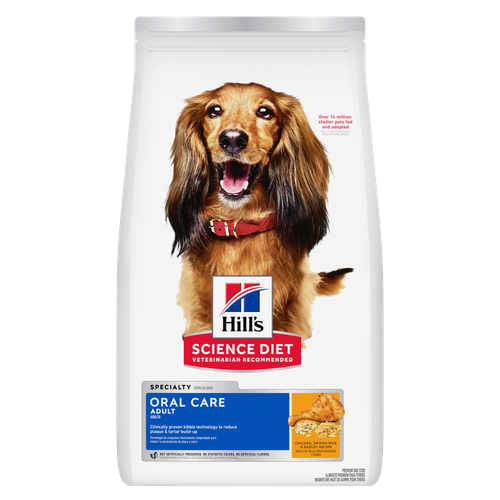 Hill's Science Diet Adult Oral Care Chicken, Brown Rice & Barley Recipe Dog Food
Hill's Science Diet Adult Oral Care Chicken, Brown Rice & Barley Recipe Dog FoodClinically proven kibble technology to reduce plaque & tartar build-up
Shop Now Adult 7+ Small & Mini Chicken & Brown Rice Recipe Dog Food
Adult 7+ Small & Mini Chicken & Brown Rice Recipe Dog FoodFor the unique nutritional needs of mature Small & Mini dogs
Shop Now Adult Small & Mini Lamb Meal & Brown Rice Recipe Dog Food
Adult Small & Mini Lamb Meal & Brown Rice Recipe Dog FoodFor the faster metabolism of Small & Mini dogs
Shop NowFeatured products Hill's Science Diet Adult Sensitive Stomach & Skin Dog Food
Hill's Science Diet Adult Sensitive Stomach & Skin Dog FoodHighly digestible recipe, gentle on stomachs. Nourishes skin & promotes a lustrous coat
Shop Now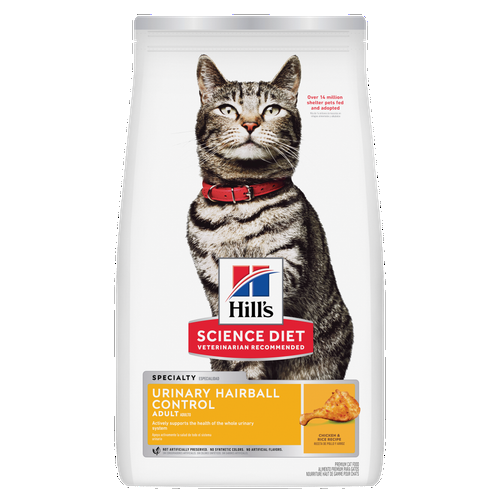 Adult Urinary Hairball Control Chicken & Rice Recipe Cat Food
Adult Urinary Hairball Control Chicken & Rice Recipe Cat FoodActively supports the health of the whole urinary system
Shop Now Adult Indoor Chicken Recipe Cat Food
Adult Indoor Chicken Recipe Cat FoodSupports energy level and beautiful fur in indoor cats
Shop Now -
Featured articles
 Easy DIY Dog & Cat Toys: Nine of Our Favorites
Easy DIY Dog & Cat Toys: Nine of Our FavoritesBrowse this comprehensive guide for several of our favorite DIY dog and cat toys that are sure to put a little pep in your pet's step.
Read More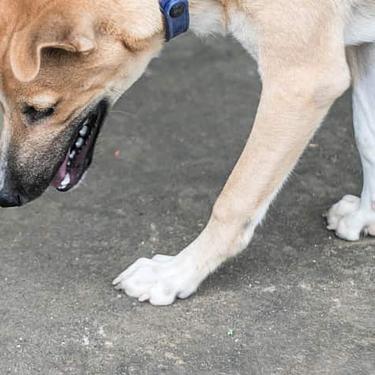 My Pet Ate a Lizard — What Should I Do?
My Pet Ate a Lizard — What Should I Do?Learn what to do if your pet eats a lizard, including whether they can be toxic and symptoms to keep an eye on when they've swallowed one.
Read More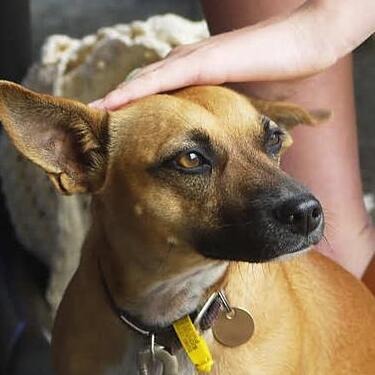 15 Pet-Friendly Cities Ideal for a US Road Trip
15 Pet-Friendly Cities Ideal for a US Road TripCheck out our list of pet-friendly U.S. cities that are excellent travel options, offering off-leash dog parks and pet-friendly restaurants & hotels.
Read More -


Have you ever noticed that extra nail on the side of your dog's paw? It might look like a sort of "dog thumb." That's called a dewclaw, and it's a remnant of the evolutionary past of your family pet.
Why Do Dogs Have Dewclaws?
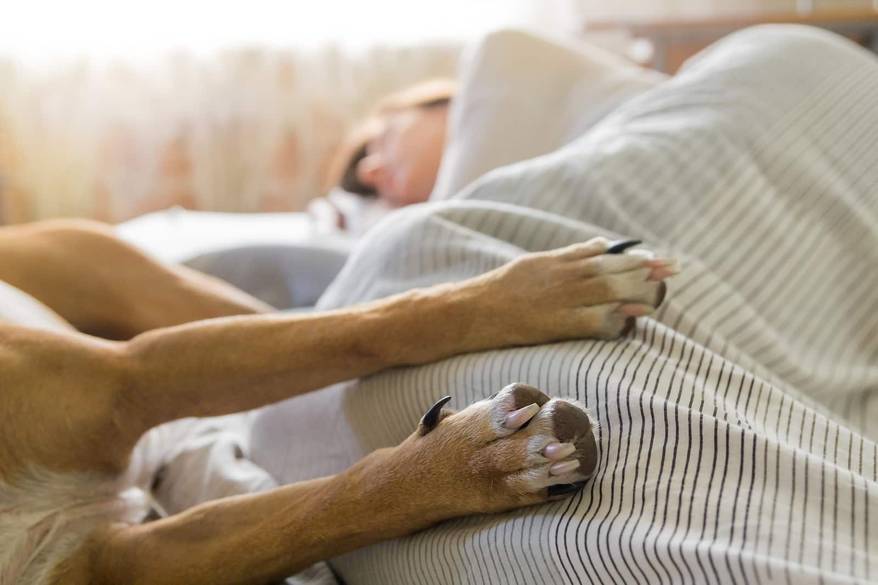
Psychology Today author Dr. Stanley Coren traces your dog's dewclaw back 40 million years to "a tree climbing cat-like animal known as miacis which was an early ancestor of our modern dogs," he says.
"Obviously if you climb trees having five toes is an advantage. However, miacis eventually evolved into the ground dwelling species cynodictus. From this point on, successive generations of the animals that would become our dogs began to become specialized as social hunters," Dr. Coren writes.
That means the extra nail serves little purpose for today's pups. Despite that, most dog breeds still have them on their front paws. Some breeds, like the Great Pyrenees and Briards, have rear dewclaws or can have double dewclaws — called polydactyly.
While they are considered to be of little use, they are certainly not completely useless. Dogs can use them for grip. Most commonly you might see your pup gripping a bone with the help of his "thumb." A dog breed that uses his "thumbs" is a Norwegian lundehund that uses them to help him scale mountains, according to the American Kennel Club (AKC).


Tasty Tips
The Dewclaw Debate
The AKC, however, notes that, for most dogs, the appendage is "essentially an extra paw" and "serves virtually no purpose" for most dogs.
Because of that and because some dogs are prone to getting them caught or torn — which can cause a dog extreme pain and risk infection — the AKC calls dewclaw removal one of the "safe and standard animal husbandry practices designed to protect the safety and welfare of dogs."
The AKC calls for the appendages to be removed shortly after birth. In fact, many dog breeders have the surgery done in his first days of life. That means if your dog doesn't have dewclaws, they might have been removed before you even took ownership of your pup.
But other organizations strongly believe that removing dewclaws serves little purpose and causes great pain to the animal. Because of that, some — like The Kennel Club in the UK — have restrictions on when dewclaw removal can be done.
"Beyond the risk of the dewclaw getting caught on things, there is no benefit to removing them," Albuquerque Vetco says. "It can also be a painful procedure for your dog."
Vets at the New Mexico clinic recommend owners keep the nail of the appendage trimmed short to help prevent it from catching and potentially tearing. Whatever you decide to do with your dog's dewclaw, you should consider keeping all of his claws trimmed. Unlike his ancestors or canine cousins in the wild, dog claws don't serve as great of an evolutionary need as they aren't necessary for hunting prey. After all, your lovable pup would much rather you feed him a nutritious meal than have to go hunt for his own.
The debate continues, but your dog certainly doesn't know that. All he cares about — whether he has his extra claw or not — is that he surely has full grasp on your heart.


Kara Murphy is a freelance writer and pet parent who lives in Erie, Pa. She has a goldendoodle named Maddie.
Related products

Clinically proven kibble technology to reduce plaque & tartar build-up

For the faster metabolism of Small & Mini dogs

Improves everyday ability to get up & go

For the unique nutritional needs of mature Small & Mini dogs
Related articles

Discover how the field of dog science is giving us more and more insights into the inner workings of our furry best friends.
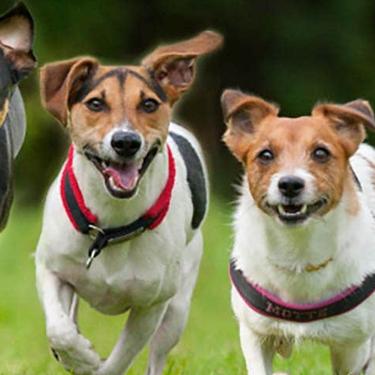
Understand the role that Omega-6 and Omega-3 fatty acids play in your dog's overall health, and how you can ensure they are getting enough.
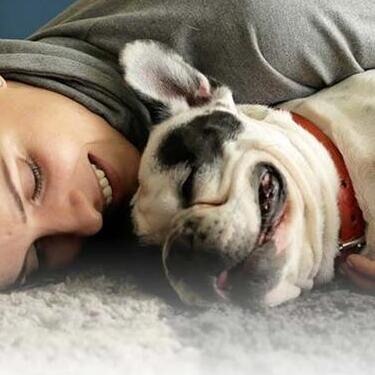
Your dog's coat and skin are a big part of your dog's overall health. Ensure you keep your dog's coat healthy, by following these simple tips.
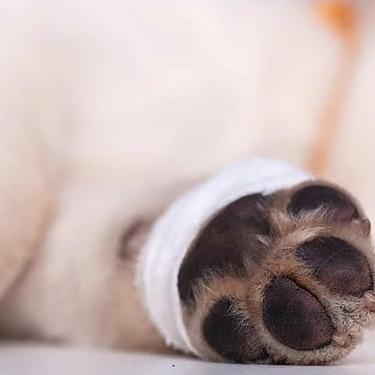
Learn basic steps & precautions for treating a cut on your dog, including what you can put on the cut, and when you should take them to the vet.
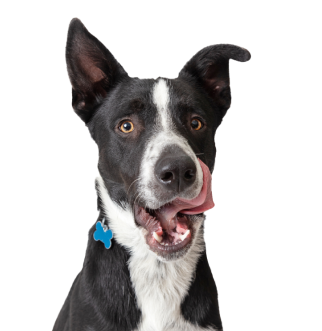
Put your dog on a diet without them knowing
Our low calorie formula helps you control your dog's weight. It's packed with high-quality protein for building lean muscles, and made with purposeful ingredients for a flavorful, nutritious meal. Clinically proven antioxidants, Vitamin C+E, help promote a healthy immune system.
Put your dog on a diet without them knowing
Our low calorie formula helps you control your dog's weight. It's packed with high-quality protein for building lean muscles, and made with purposeful ingredients for a flavorful, nutritious meal. Clinically proven antioxidants, Vitamin C+E, help promote a healthy immune system.

